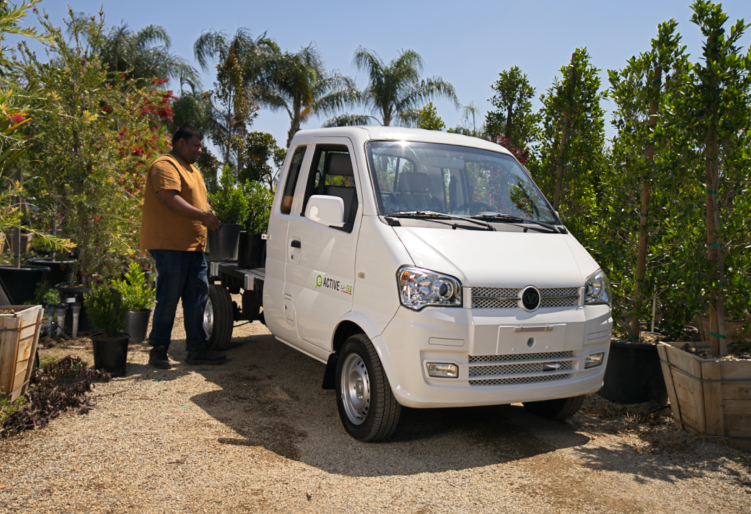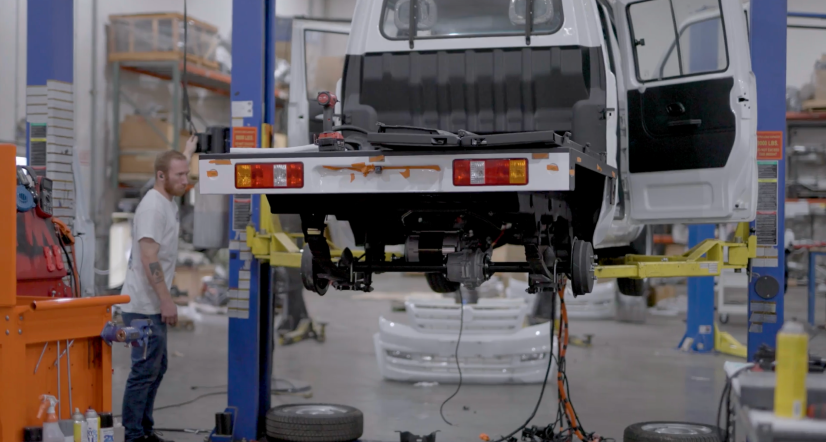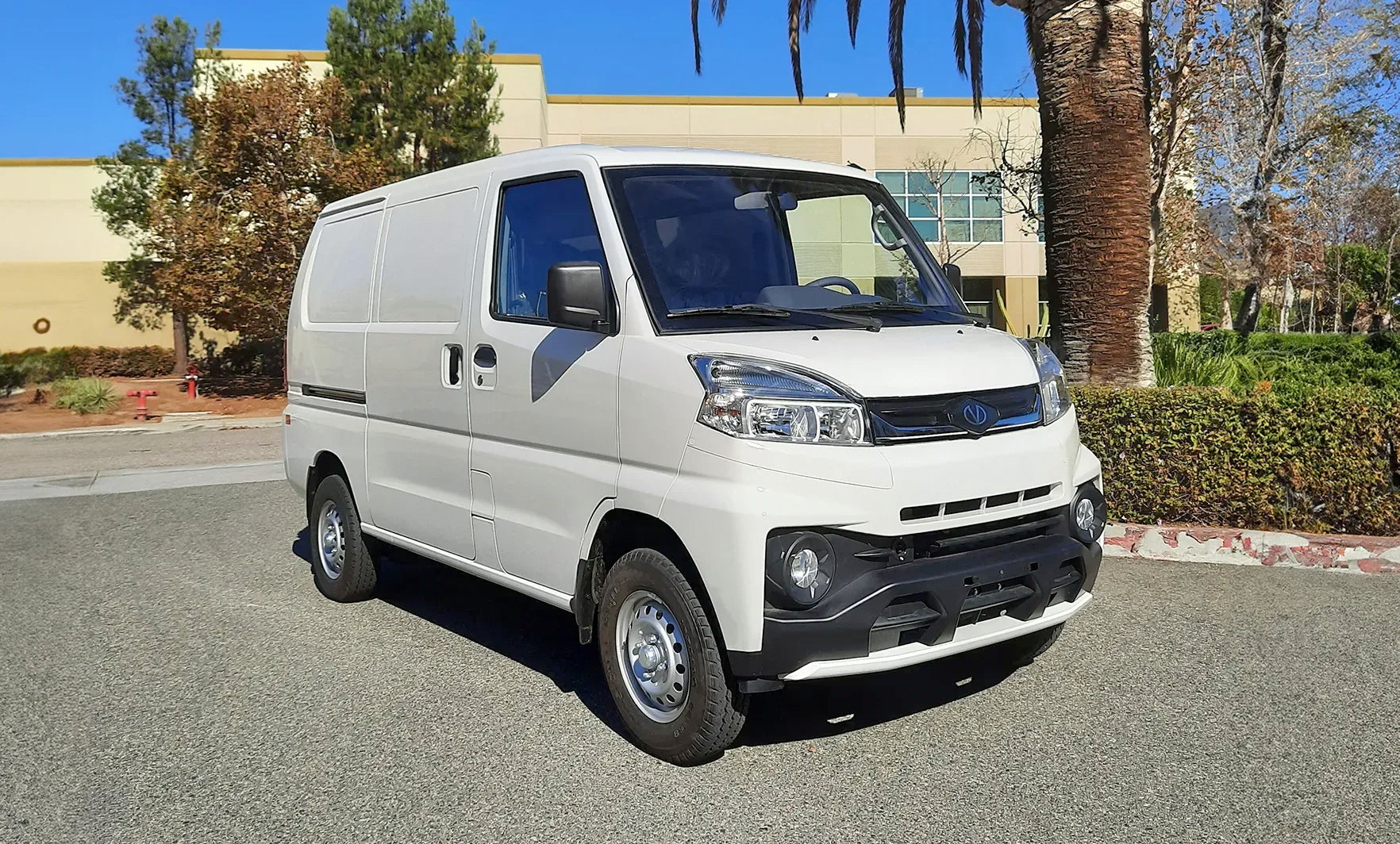Current Trends in Airport Operations

As global passenger traffic continues its sharp post-COVID rebound, airport operations are evolving to meet the demands of higher throughput, sustainability mandates, and smarter ground logistics.
According to the International Air Transport Association (IATA), the number of air travelers is projected to double by 2040, reaching an estimated 8 billion passengers annually.¹ This rapid growth presents a serious challenge for airport efficiency—particularly on the ground, where delays and bottlenecks can ripple across the entire operation.
Airport utility vehicles have become essential tools in this transformation. From cargo shuttling and maintenance support to waste management and crew transport, low-speed vehicles (LSVs) are increasingly filling roles once dominated by larger, less efficient equipment. Airport transport vehicles like those from Vantage Vehicle are helping facility managers streamline ground transportation services.
Electrification and Sustainability Goals
One of the most prominent shifts in airport operations is the widespread adoption of electric airport ground vehicles. The move toward zero-emission fleets is driven by both regulatory pressures and economic incentives. At Los Angeles International Airport (LAX), for example, officials have committed to transitioning 100% of the ground support equipment (GSE) fleet to electric power by 2045—a move expected to significantly reduce airside emissions and noise pollution.²
This goal mirrors broader international trends. Beijing Daxing Airport has already deployed a fully electric ground fleet, and similar strategies are being adopted across Europe and North America.
Vantage’s 100% lithium electric vehicles are well suited to the demands of the modern airport. These airport utility vehicles require only a standard 20-amp dedicated circuit to charge—no specialized infrastructure needed. Optional 240V J1772 inputs are also available for Level 2 fast-charging.
More than just environmentally friendly, these vehicles are cost-efficient. Compared to traditional trucks or gas carts, Vantage electric models can reduce per-mile operating costs to under 5 cents. For facilities managing a wide variety of airport operations, these savings quickly add up—without sacrificing load capacity or durability.
Smarter Scheduling with Shared Fleets
As the number and complexity of ground tasks increase, many airports are turning to intelligent dispatch and shared fleet models. A recent academic study found that scheduling electric airport ground vehicles collaboratively—across multiple operators—can cut operational costs by 15–25% and reduce service-related delays by 26–39%.3 This approach relies on shared access to LSVs like maintenance vans and cargo trucks.
Use Cases for Low-Speed Utility Vehicles in Airports

Vantage Vehicle’s lineup includes extended cab trucks, window vans, and panel vans equipped to handle diverse types of airport operations. These vehicles are suited for the needs of maintenance crews and various other airport employees:
-
Maintenance and Technical Services
Vantage panel vans can be outfitted with tool racks, material storage, and climate-controlled interiors, among other options that make them ideal for transporting technicians and other employees across terminals and airside zones.
-
Waste and Grounds Management
Refuse hopper trucks—available with 2.5-cubic-yard capacity and payloads up to 1000 lbs—streamline waste removal and recycling across different areas of the airport.
-
Passenger and Crew Transport
Window vans with seating for up to six are perfect for moving flight crews, security staff, and airport personnel to remote stands or between facilities, especially during high-traffic shifts.
-
Baggage and Cargo Support
Extended cab trucks offer a full-sized truck bed and 1,500 lb towing capacity, allowing safe transport of luggage carts, equipment cases, and more.
-
Emergency and First Aid Response
Mobile first-aid vehicle configurations include space for cots, storage cabinets, strobes, and PA systems—essential for responding quickly to medical needs on the field.
Every Vantage vehicle is fully enclosed, built with all-weather durability, and customizable with features like ladder racks, dump beds, toolboxes, and solar panel charging systems. All these benefits add up to a smart, modular choice for a wide range of airport applications.
Artificial Intelligence and the Future of Scheduling
Airport operational efficiency now relies on more than just having the right vehicles—it depends on how well those assets are managed. AI-based fleet dispatching tools are reshaping the way ground operations are coordinated, allowing airport managers to deploy airport vehicles in real time.
The optimization study cited earlier showed that advanced scheduling algorithms significantly outperform traditional manual planning, both in cost and speed. For example, AI scheduling reduced planning time by as much as 90% compared to exact solvers while still staying within a 2% margin of accuracy.3 These technologies are especially valuable in coalition fleet models, where equipment is shared among different employees.
Vantage electric airport utility vehicles support these technologies with integrated features like dash cameras, Bluetooth, infotainment displays, and reverse warning alarms—making them compatible with the digital infrastructure that many modern airports are adopting.
Supporting Growth Without Expanding Emissions
The aviation sector is under pressure to grow without growing its carbon footprint. That means optimizing every inch of the airport—not just in the air but on the ground. LSVs are a key part of that equation.
However, not all airports have the infrastructure or energy resources to fully electrify immediately. For those cases, Vantage’s gas-powered LSVs offer a reliable bridge solution. These vehicles use EPA-approved engines, automatic transmissions, and enclosed cabs that mirror the features of their electric counterparts. They’re ideal for longer shifts or locations without charging infrastructure.
Every Vantage vehicle, electric or gas-powered, is built with full unibody construction, durable steel wheels, and DOT-approved seatbelts—ensuring a high degree of safety and stability across all operational conditions.
Vantage: Helping Build Smarter Ground Operations

Modern airports are evolving quickly. Sustainability goals and the mounting need for effective traffic-control solutions are pushing managers to rethink how they handle ground transportation services. Airport ground vehicles that once functioned independently are now part of a larger, smarter network built on shared assets.
Vantage Vehicle delivers the flexibility and reliability that today’s airports demand. With customizable electric and gas-powered airport transport vehicles designed for cargo, crew, maintenance, waste, and emergency response, Vantage helps airport operators take control of their ground operations with scalable solutions.
The facts speak for themselves: Low-speed utility vehicles are increasingly essential for the optimal efficiency of airport operations. And Vantage is at the forefront of this fast-growing trend.
Sources
- International Air Transport Association (IATA). Global Outlook for Air Transport.
- EVinfo.net. Airports quickly embracing electric ground support equipment.
- Bao DW, Zhou JY, Kang D, Chen Z. Optimization model for electric aircraft tow tractors considering operator coalition [Preprint]. arXiv. 2024 Aug 31. doi:10.48550/arXiv.2408.14748.





